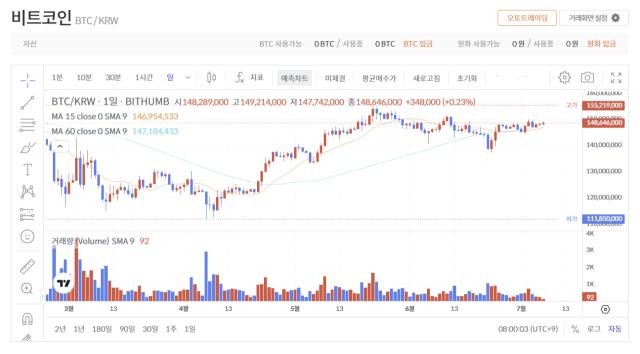A massive Bitcoin movement of $8.6 billion spread across 8 wallets that have not been used for over 14 years has sparked numerous speculations within the crypto community.
This movement, which occurred on July 4th, included the transfer of 89,000 BTC. It raised concerns about potential market impact, possible government settlement, or hacking.
Arkham: $8.6 Trillion Bitcoin Movement is a Wallet Upgrade
Arkham Intelligence, an on-chain analysis company, believes this movement is most likely due to a wallet upgrade rather than a liquidation.
In a statement on July 5th, Arkham dismissed speculation about selling and noted that assets moved from legacy 1- addresses to modern bc1q- SegWit addresses. This transition increases transaction efficiency and reduces network fees.

The coins in question were deposited between April and May 2011, when Bitcoin was still trading below $1.
Now, over 10 years later, Arkham views the funds spread across 8 wallets as a technical reallocation.
Notably, Bitcoin's price remained stable after the movement, supporting Arkham's interpretation.
Other Theories About the Transaction
While Arkham provided a moderate explanation, others in the industry suggested more provocative possibilities.
Ark Invest CEO Cathie Wood questioned the nature of the transaction, suggesting it might be related to a government settlement.
She mentioned that the quick stabilization of the Bitcoin market could indicate that this transaction might be part of a larger institutional movement.
"Could this block be part of a government settlement? Has it now become part of a government treasury?" Wood wondered.
Meanwhile, Coinbase executive Conor Grogan proposed another theory, raising the possibility of hacking.
He observed that one wallet sent a small BCH transaction 14 hours before the larger Bitcoin movement, which he suggested could be a potential quiet key test.
"It's possible the owner was testing private keys to avoid drawing attention. BCH is not heavily monitored by whale tracking services. They didn't touch any other BCH wallets. Why wouldn't they use those as well?" Grogan wrote.
Grogan emphasized that his theory remains speculation, but if confirmed, it could be the largest theft in cryptocurrency history.
Adding to the mystery, 10x Research suggested these wallets might be connected to early Bitcoin investor Roger Ver.
According to the company, speculators pointed out that the transaction timing coincides with Ver's early Bitcoin involvement. They also mentioned his recent release from custody as another potential evidence of connection.
"He was released on bail from a Spanish prison on June 5th, and those Bitcoins last moved in May 2011. Roger joined Bitcoin in February 2011. He certainly would have held billions of dollars worth of Bitcoin," 10x Research said.
While there is no direct evidence confirming his involvement, these coincidences have sparked additional debate within the community.
The true reason for the $8.6 billion movement remains unclear. However, their reappearance has triggered a new conversation within the industry.







